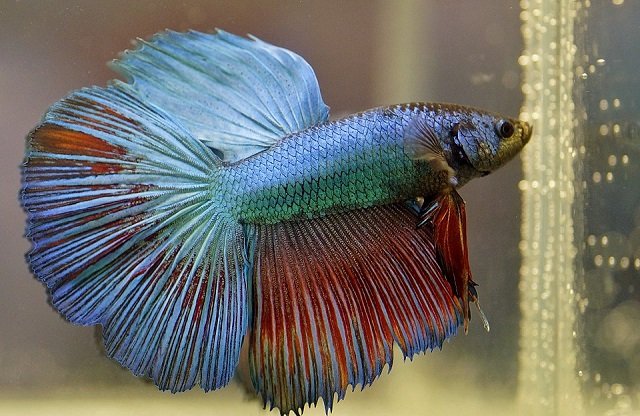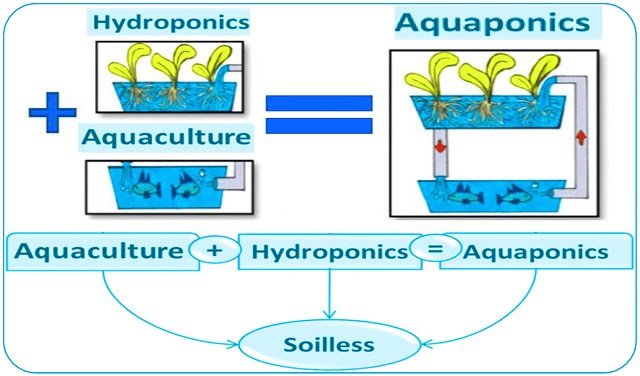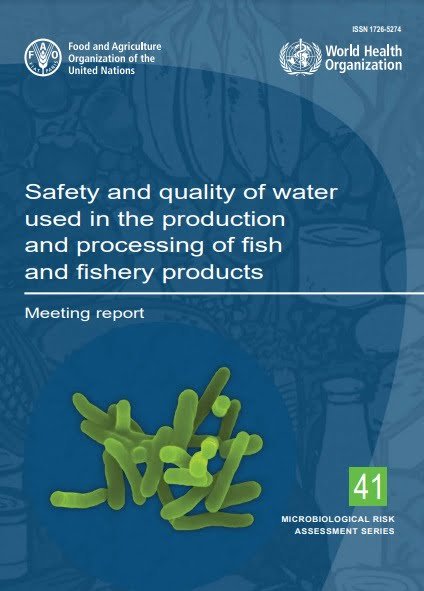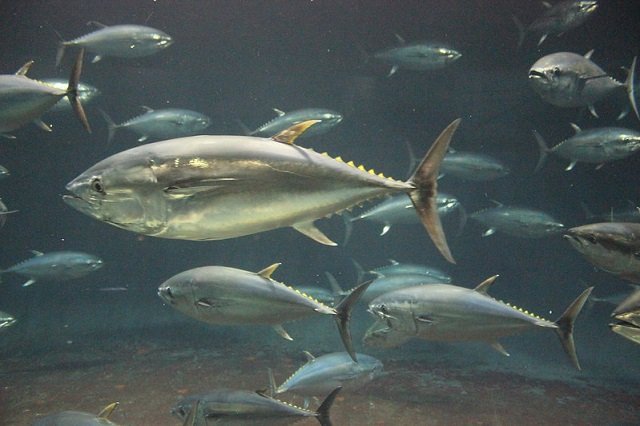
Pre-prepared aquatic products, such as ready-to-cook fish fillets, are gaining popularity due to their convenience and nutritional value. Among them, marinated and starch-treated fish fillets (a process known as “starching,” which aims to improve texture and water retention) are key components in popular dishes. However, the cycle between production and consumption is often long, involving frozen storage. Understanding how this process affects quality is crucial for the industry.
A recent study published by researchers from the National R&D Center for Aquatic Product Processing and the Sanya Tropical Fisheries Research Institute in the journal Food Chemistry investigated in detail the changes in starch-treated tilapia (Oreochromis niloticus) fillets stored at -18°C for 90 days. The analysis focused on three dimensions: basic quality characteristics, protein properties, and microstructure.
How Do Basic Quality Characteristics Change?
Frozen storage induces several observable changes in the fillets:
- Color: Brightness (L*) and redness (a*) showed a general downward trend, while yellowness (b*) increased significantly over time. This suggests a decrease in color stability, possibly due to lipid and myoglobin oxidation exacerbated by cell damage from ice crystals.
- Texture: Properties such as hardness, cohesiveness, springiness, adhesiveness, and chewiness decreased notably during the 90 days (reductions between 16% and 48%). Protein denaturation and mechanical damage from ice crystals weaken the muscle structure.
- pH: The initial pH was relatively high (7.95) due to the starch treatment. Then, it decreased in the first 15 days (likely due to acid accumulation) and subsequently increased gradually, possibly due to the formation of alkaline compounds derived from protein and lipid degradation. These pH changes can influence other quality characteristics.
- Water Loss: Water holding capacity decreased, resulting in a higher water loss rate upon centrifugation (increased by 23.17% in 90 days).
- Water Distribution (LF-NMR and MRI): Initially, the predominant water was “immobile” (within the myofibrils). Over freezing time, there was a significant transformation from bound and immobile water to free water. Magnetic Resonance Imaging (MRI) visually confirmed this water migration and the overall decrease in homogeneous water content. This change weakens the water-muscle binding and contributes to water loss.
The Central Role of Proteins in Deterioration
Myofibrillar proteins (MP), the main components of muscle, are crucial for quality. The study revealed significant changes:
- Content and Oxidation: The extractable MP content decreased, while the carbonyl content (an indicator of protein oxidation) increased dramatically (9-fold in 90 days) and the sulfhydryl group content decreased. This indicates strong protein oxidation and degradation.
- Surface Hydrophobicity: It initially increased (up to 30 days), suggesting protein unfolding that exposes hydrophobic groups. It then decreased, which could be due to protein aggregation and cross-linking that hide these sites.
- Secondary Structure (FTIR): There was a significant decrease in α-helix content (ordered and stable structure) and an increase in β-sheet, β-turn, and especially random coil structure. This demonstrates a loss of the ordered and stable structure of proteins.
- Tertiary Structure (Intrinsic Fluorescence): Fluorescence intensity (related to tryptophan) initially increased and then decreased. A slight “red-shift” in the maximum emission wavelength was observed, indicating that tryptophan residues were exposed to a more polar environment, which is consistent with protein unfolding and denaturation.
- SDS-PAGE Analysis: A progressive weakening of the bands corresponding to myosin heavy chain (MHC) and actin (AC), the main contractile proteins, was observed. This suggests degradation and/or aggregation of these key proteins induced by oxidation.
Alterations in Muscle Microstructure
Microscopic observation revealed the physical impact of frozen storage:
- Atomic Force Microscopy (AFM): Analyzing isolated MP, a general increase in surface roughness and a trend towards decreased average height and diameter of protein aggregates were observed, indicating nanoscale disorganization.
- Scanning Electron Microscopy (SEM): Fresh fillets showed compact and ordered muscle fibers. Starch treatment seemed to confer some initial protection, maintaining a relatively dense structure up to 30 days. However, over time, fissures appeared and enlarged between the fibers, the structure became deformed, disordered, and even showed fractures. This microstructural damage is directly related to the loss of texture and water holding capacity.
Correlations and Key Conclusions
Correlation analysis (Mantel test) showed a statistically significant relationship between basic quality characteristics (texture, color, water) and protein properties. Interestingly, no strong correlation was found between basic quality and the microstructural parameters measured by AFM (MP height and diameter), although the damage observed by SEM does align with quality loss.
This highlights that changes in proteins (oxidation, denaturation, degradation, aggregation) are the main driver of quality deterioration in starch-treated tilapia fillets during frozen storage. Ice crystal formation acts synergistically, causing initial physical damage and facilitating these chemical and structural reactions.
Implications for the Aquaculture Industry
This study demonstrates that while starch treatment can offer initial benefits for texture and structure, the quality of frozen tilapia fillets deteriorates progressively over 90 days at -18°C. The main mechanisms are protein oxidation and denaturation, along with damage caused by ice crystals affecting water distribution and microstructural integrity.
Stay Always Informed
Join our communities to instantly receive the most important news, reports, and analysis from the aquaculture industry.
Understanding these dynamics is fundamental for the industry. It allows for optimizing processing conditions (including starch treatment), freezing, and storage to minimize deterioration. Furthermore, it lays the groundwork for evaluating new protective strategies (e.g., antioxidants, cryoprotectants) to help maintain the quality of these value-added products during their shelf life.
Contact
Ya Wei
Key Laboratory of Aquatic Product Processing, Ministry of Agriculture and Rural Affairs, National R&D Center for Aquatic Product Processing, South China Sea Fisheries Research Institute, Chinese Academy of Fishery Sciences, Guangzhou 510300, China.
Email: angelwei@qq.com
Reference
Wu, Q., Xiang, H., Hao, S., Cen, J., Chen, S., Zhao, Y., Li, C., Huang, H., & Wei, Y. (2025). Quality changes and deterioration mechanisms during frozen storage of starching tilapia fillets based on quality characteristics, protein properties and microstructure analysis. Food Chemistry, 144265. https://doi.org/10.1016/j.foodchem.2025.144265
Editor at the digital magazine AquaHoy. He holds a degree in Aquaculture Biology from the National University of Santa (UNS) and a Master’s degree in Science and Innovation Management from the Polytechnic University of Valencia, with postgraduate diplomas in Business Innovation and Innovation Management. He possesses extensive experience in the aquaculture and fisheries sector, having led the Fisheries Innovation Unit of the National Program for Innovation in Fisheries and Aquaculture (PNIPA). He has served as a senior consultant in technology watch, an innovation project formulator and advisor, and a lecturer at UNS. He is a member of the Peruvian College of Biologists and was recognized by the World Aquaculture Society (WAS) in 2016 for his contribution to aquaculture.




